On July 10, 2021, Bab al-Hawa, the last remaining border crossing between Turkey and the Syrian rebel province of Idlib, may close as Russia plans to veto an extension to U.N. Security Council Resolution 2533. For the 3.4 million civilians in Idlib—over 2 million of them displaced from elsewhere in Syria—this would be a disaster. Approximately 75 percent of the population in northwest Syria is dependent on U.N. aid to meet their needs; around 85 percent of that aid comes through this border crossing.
Caught between a severe economic crisis exacerbated by Lebanon’s economic meltdown, further U.S. sanctions in 2020, and the COVID-19 pandemic, the situation is desperate in all of Syria. The U.N. Refugee Agency (UNHCR) says 13.4 million Syrians need humanitarian aid, 20 percent more than last year, but assistance reached only 7.7 million. Nine out 10 people are living in poverty while Syrians without secure access to food increased 57 percent in the past year. UNICEF says that 90 percent of Syrian children need humanitarian assistance. The internally displaced are especially vulnerable, acutely so in conflict-prone Idlib and northwest Syria. Cross-border aid is critical to avert a humanitarian disaster. Yet, that is exactly what may happen, accompanied by massive civilian displacement and a possible war between Russia and Turkey.
How did we get here? In 2014, the U.N. Security Council authorized U.N. agencies and their partners to use routes across conflict lines and border crossings into Turkey at Bab al-Salam and Bab al-Hawa, as well as Al Yarubiyah (into Iraq) and Al-Ramtha (into Jordan). This was “to ensure that assistance, including medical and surgical supplies, reached people in need throughout Syria through the most direct routes.” The authorization was renewed annually via contentiously debated resolutions until 2018. The Syrian government was notified of shipments in advance and a U.N. monitoring mechanism oversaw loading in neighboring countries. In 2019, amidst mounting disagreements, U.N. Security Council Resolution 2504 authorized the two crossings in Turkey but not to Iraq and Jordan, and only for 6 months. By July 2020 in the aftermath of heavy fighting in Idlib, there remained only Bab al-Hawa.
The 2019 fighting signaled the end of the cease-fire agreement reached in September 2018 between Russia and Turkey. Aside from taking the most populous rebel-held area in Syria, a key goal of the regime offensive was to control the vital Latakia-Aleppo (M4) and Damascus-Aleppo (M5) highways. Neither had been opened and cleared by Turkey as agreed. Nor were radical elements neutralized and pulled away from government and Russian forces.
Ankara’s “red line” focuses on preventing millions of refugees joining the existing 4 million Syrian refugees living in Turkey. Public opinion has turned sharply against them, an initial welcome fading after 2017 as the economy sharply decelerated and was further battered by the pandemic. The intensified fighting after December 19, 2019 led to over 1 million desperate people along the Turkish border, triggering a Turkish military response against the Syrians and their Iranian, Lebanese, and Russian allies.
The Turkish intervention led to another ceasefire agreement in March 2020 as rebel-held territory was whittled down to 60 percent of the province. That agreement again stipulates the opening of the M4 highway within a 6 km safety corridor and armed groups removed from the area. Neither has happened. Some 15,000 Turkish troops remain in Idlib and more in surrounding Turkish-controlled enclaves in northern Syria. There is an uneasy relationship with the dominant armed group, the Hayat Tahrir al-Sham (HTS), a former al-Qaeda affiliate that has been trying to rebrand as a national revolutionary group—with limited success. While it has a prickly working relationship with Turkey, they reportedly secretly met with European officials and elicited somewhat positive statements from James Jeffrey, the recently departed and unreplaced U.S. special representative for Syria Engagement. HTS remains a terrorist organization according to the European Union, the U.N., and others.
To the Russians and Damascus, HTS are terrorists and the Bab al-Hawa border crossing it controls sustains it while undermining Syrian sovereignty. The counterproposal is to use cross-line openings from regime areas to provide humanitarian assistance. This is unacceptable to the West and other donors. Not only is the track record bad with numerous delays and refusals for even basic goods to be transported, but they fear playing into regime hands. Human Rights Watch has systematically exposed these challenges: “The Syrian government has developed a policy and legal framework that allows it to co-opt humanitarian assistance and reconstruction funding to fund its atrocities, advance its own interests, punish those perceived as opponents, and benefit those loyal to it.”
On the surface, the positions do appear irreconcilable. Indeed, some like Charles Lister have called for a return to the 2014 era when cross-border aid was delivered without a U.N. Security Council resolution. Louis Charbonneau, U.N. director at Human Rights Watch, has called for looking beyond the U.N. Security Council to get aid through. Whether the West, mostly the U.S., has the fortitude to back such measures is unclear. The European Council on Foreign Relations’ Julien Barnes-Dacey and Andrey Kortunov of the Russian International Affairs Council propose a final one-year extension of Bab al-Hawa in exchange for increased aid flows through Damascus with accompanying measures to monitor delivery. However, within a year, Idlib’s population will find itself totally dependent on an intractably hostile regime. Others such as University of Lyon’s Fabrice Balanche see the possibility of a bargain between Turkey and Russia over the M4 highway leading to perhaps a rump Turkish protectorate, or a new Gaza consisting of “a narrow strip of land under the control of … HTS, managing a population of refugees, under a drip of international humanitarian aid.”
You know you are in a bad situation when Gaza appears as an acceptable outcome, especially these days as fighting again engulfs the strip and Palestine. But even for that to happen, an agreement would have to be reached with HTS or they would have to be militarily pushed away from the highway. Even if HTS wanted to deal, more radical armed groups could and have played a spoiler role when it comes to deals with Russia. It seems that caught between HTS and Russia, Turkey will hang on to what TOBB University’s Saban Kardas calls its mission impossible in sustaining Idlib’s unstable equilibrium.
Yet, despite frequent flare-ups, no one wants a full-scale war, nor is it likely that the regime is enthusiastic about accommodating over 4 million Sunni oppositionists in Idlib and northwest Syria. And despite the Erdogan administration’s estrangement from the U.S. and partners in Europe as well as its regional isolation, there is still Turkey’s NATO membership. So, a rump Idlib may emerge, especially as the M4 highway is opened, but the critical matter of U.N. participation in the aid effort will be quite contentious. Just as in Gaza, it is also likely that trade and aid routes will be contested for years—until and if a political settlement is ever reached.
The Brookings Institution is committed to quality, independence, and impact.
We are supported by a diverse array of funders. In line with our values and policies, each Brookings publication represents the sole views of its author(s).

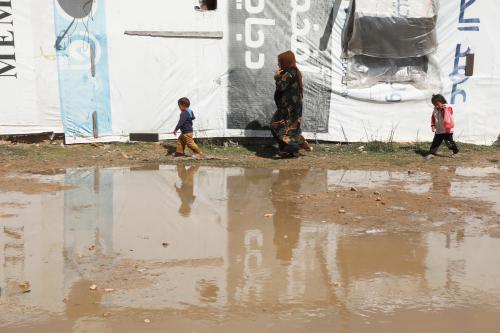
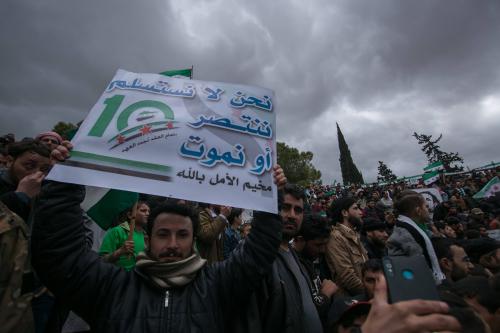
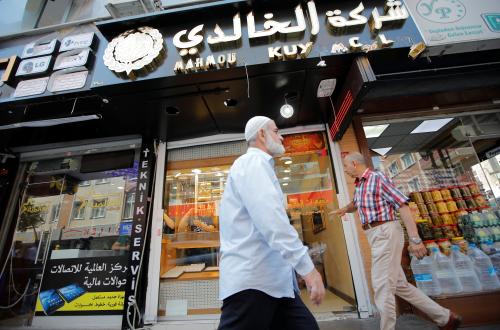


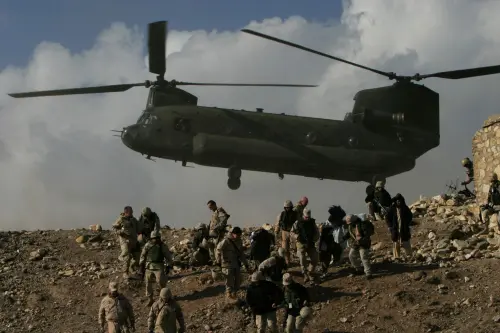
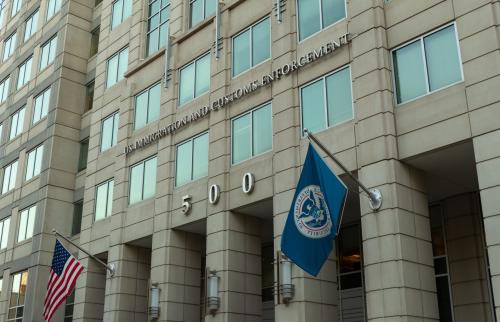
Commentary
The coming crisis in Idlib
May 13, 2021